In the world of injection molding, particularly with Thermoplastic Elastomers (TPE), encountering issues like short shots can be a real headache. As someone who’s been knee-deep in this industry for years, I’ve seen my fair share of molding challenges and have developed a keen understanding of what causes them and how to fix them. Today, I want to tackle a common problem that many manufacturers face: short shots in TPE injection molded products.
Understanding Short Shots
Before diving into the causes, let’s first clarify what a short shot is. A short shot occurs when the molten TPE material doesn’t completely fill the mold cavity during the injection molding process. This results in a product that’s missing material in certain areas, making it defective and unusable for its intended purpose.
Short shots can manifest in various ways, from minor imperfections to complete product failures. They’re not only frustrating but can also lead to increased production costs, wasted materials, and missed deadlines. So, understanding what causes them is crucial for any manufacturer looking to produce high-quality TPE injection molded products.
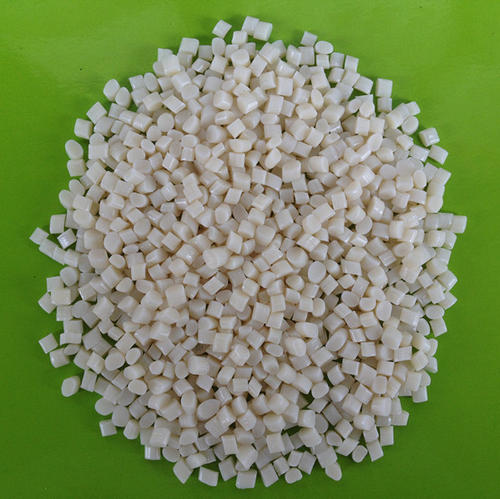
Common Causes of Short Shots in TPE Injection Molding
Now, let’s explore the most common culprits behind short shots in TPE injection molding. I’ve broken them down into several categories to make it easier to digest:
1. Material-Related Factors
a. Insufficient Material Supply
One of the most straightforward causes of short shots is simply not having enough TPE material in the hopper or barrel. This can happen due to poor material handling, improper material feeding, or even a malfunctioning material feeder. If the material isn’t being supplied at a consistent rate, the mold cavity might not get filled completely.
b. Material Viscosity Issues
TPE materials can vary significantly in viscosity, which affects how easily they flow through the mold. If the TPE is too viscous (thick), it might not be able to flow into all the nooks and crannies of the mold cavity, leading to short shots. Viscosity can be influenced by factors like material temperature, shear rate, and the presence of additives or fillers.
c. Material Degradation
TPE materials can degrade over time, especially if they’re exposed to high temperatures, moisture, or UV light. Degraded TPE might have altered flow properties, making it more prone to short shots. It’s essential to store TPE materials properly and use them within their recommended shelf life to avoid degradation.
2. Process-Related Factors
a. Injection Pressure and Speed
The injection pressure and speed play a crucial role in ensuring that the molten TPE fills the mold cavity completely. If the pressure is too low or the speed is too slow, the material might not be able to overcome the resistance in the mold and reach all areas. Conversely, if the pressure is too high or the speed is too fast, it can cause other issues like flash or warpage.
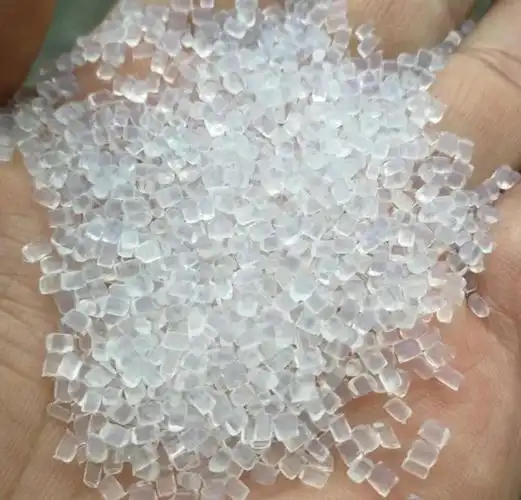
b. Mold Temperature
The temperature of the mold itself can also affect the flow of TPE. If the mold is too cold, the TPE might solidify too quickly before it can fill the cavity completely. On the other hand, if the mold is too hot, it can cause the TPE to degrade or stick to the mold surface. Finding the optimal mold temperature is key to preventing short shots.
c. Cooling Time
Cooling time is another critical factor. If the cooling time is too short, the TPE might not have enough time to solidify properly, leading to short shots or other defects. Conversely, if the cooling time is too long, it can slow down production and increase costs. Balancing cooling time with other process parameters is essential.
3. Mold Design-Related Factors
a. Poor Gate Design
The gate is the point where the molten TPE enters the mold cavity. If the gate is too small, too narrow, or poorly positioned, it can restrict the flow of TPE and cause short shots. Gate design should consider factors like material flow, pressure drop, and the geometry of the mold cavity.
b. Venting Issues
Vents are small openings in the mold that allow air and gases to escape as the TPE fills the cavity. If the vents are blocked, too small, or improperly placed, they can trap air and gases, preventing the TPE from filling the cavity completely. This can lead to short shots, voids, or other defects.
c. Complex Mold Geometry
Molds with complex geometries, like thin walls, deep ribs, or intricate details, can be more challenging to fill completely. The TPE might not be able to flow into all areas due to the high resistance or the rapid cooling that occurs in these regions. Designing molds with simpler geometries or using techniques like sequential valve gating can help overcome these challenges.
4. Equipment-Related Factors
a. Worn or Damaged Equipment
Over time, injection molding equipment can wear out or become damaged, affecting its performance. Worn screws, barrels, nozzles, or check valves can lead to inconsistent material flow, pressure drops, or other issues that cause short shots. Regular maintenance and inspection of equipment are essential to prevent these problems.
b. Inadequate Equipment Capacity
If the injection molding machine isn’t large enough or powerful enough to handle the TPE material or the mold size, it might not be able to generate the necessary pressure or speed to fill the cavity completely. Upgrading to a larger or more powerful machine might be necessary in such cases.
c. Incorrect Machine Settings
Even if the equipment is in good condition and has the right capacity, incorrect machine settings can still cause short shots. Settings like injection pressure, speed, hold time, and backpressure need to be carefully calibrated to match the specific requirements of the TPE material and the mold.
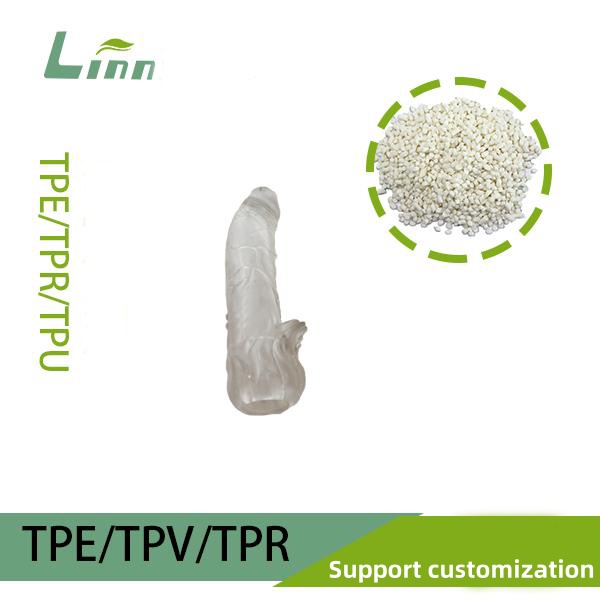
Troubleshooting Short Shots in TPE Injection Molding
Now that we’ve identified the common causes of short shots, let’s talk about how to troubleshoot and fix them. Here’s a step-by-step approach:
1. Review the Material
Check Material Supply: Ensure that the hopper is filled with enough TPE material and that the feeder is working properly.
Assess Material Viscosity: If the TPE seems too thick, try increasing the material temperature or reducing the shear rate by adjusting the injection speed.
Inspect for Degradation: Look for signs of degradation like discoloration, odor, or changes in physical properties. If degradation is suspected, replace the material with a fresh batch.
2. Optimize the Process
Adjust Injection Pressure and Speed: Gradually increase the injection pressure and speed until the mold cavity is filled completely. Be careful not to exceed the machine’s capacity or cause other defects.
Fine-Tune Mold Temperature: Experiment with different mold temperatures to find the optimal setting that allows the TPE to flow freely without degrading or sticking.
Balance Cooling Time: Adjust the cooling time based on the material’s properties and the mold’s geometry. Use a thermal imaging camera or temperature sensors to monitor the cooling process and ensure uniformity.
3. Evaluate Mold Design
Review Gate Design: If possible, modify the gate size, shape, or position to improve material flow. Consider using hot runner systems or sequential valve gating for complex molds.
Check Vents: Ensure that all vents are clear and properly sized. Use a vacuum cleaner or compressed air to remove any debris or blockages.
Simplify Mold Geometry: If the mold has overly complex features, consider redesigning it to reduce flow resistance or using techniques like gas-assisted injection molding to improve fillability.
4. Inspect and Maintain Equipment
Regular Maintenance: Schedule regular maintenance checks for the injection molding machine, including cleaning, lubrication, and replacement of worn parts.
Capacity Assessment: If the machine seems to be struggling to fill the mold, consider upgrading to a larger or more powerful model.
Calibrate Settings: Double-check all machine settings and ensure they’re calibrated correctly for the TPE material and the mold. Use process monitoring software to track and analyze key parameters in real-time.
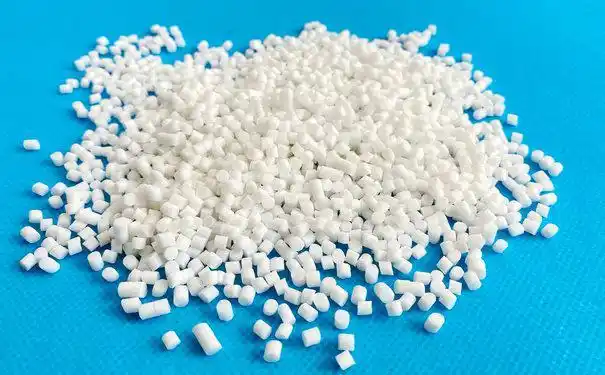
Preventing Short Shots in the Future
While troubleshooting short shots is important, preventing them from happening in the first place is even better. Here are some tips to help you avoid short shots in your TPE injection molding operations:
Use High-Quality Materials: Source TPE materials from reputable suppliers and ensure they meet your specific requirements.
Design Molds with Flow in Mind: Work closely with mold designers to create molds that are optimized for material flow and fillability.
Implement Process Controls: Use process monitoring and control systems to maintain consistent process parameters and detect any deviations early on.
Train Your Team: Ensure that your operators and technicians are well-trained in injection molding best practices and troubleshooting techniques.
Stay Updated: Keep up with the latest advancements in TPE materials, injection molding technology, and process optimization techniques.
Real-World Examples and Case Studies
To better illustrate the impact of short shots and how to address them, let’s look at a few real-world examples and case studies:
Case Study 1: Automotive Interior Component
A manufacturer was experiencing short shots in a TPE injection molded automotive interior component. After reviewing the process and material, they discovered that the mold temperature was too low, causing the TPE to solidify too quickly. By increasing the mold temperature and adjusting the injection pressure and speed, they were able to eliminate the short shots and improve product quality.
Case Study 2: Medical Device Housing
A medical device manufacturer was struggling with short shots in a TPE housing for a portable diagnostic device. Upon inspection, they found that the gate was too small and poorly positioned, restricting material flow. By redesigning the gate and optimizing the injection molding process, they were able to achieve complete fill and eliminate the short shots.
Case Study 3: Consumer Electronics Case
A consumer electronics company was facing short shots in a TPE case for a wireless speaker. After evaluating the mold design, they discovered that the complex geometry and thin walls were causing high flow resistance. By simplifying the mold geometry and using a hot runner system, they were able to improve fillability and reduce the incidence of short shots.
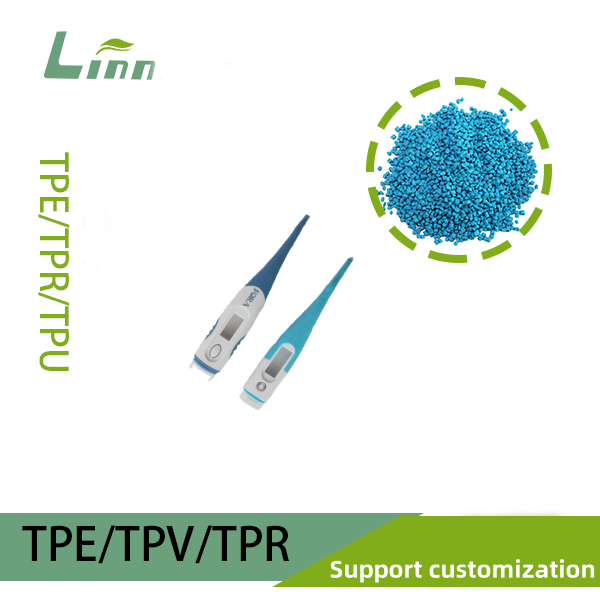
Conclusion
Short shots in TPE injection molded products can be a frustrating and costly issue for manufacturers. However, by understanding the common causes and implementing effective troubleshooting and prevention strategies, you can significantly reduce their occurrence and improve product quality. Remember to review the material, optimize the process, evaluate mold design, and inspect and maintain your equipment regularly. With a proactive approach and attention to detail, you can overcome short shots and achieve successful TPE injection molding operations.
As someone who’s been through the ups and downs of injection molding, I know firsthand how challenging it can be to diagnose and fix issues like short shots. But with patience, persistence, and a willingness to learn, you can master the art of TPE injection molding and produce high-quality products that meet or exceed your customers’ expectations.
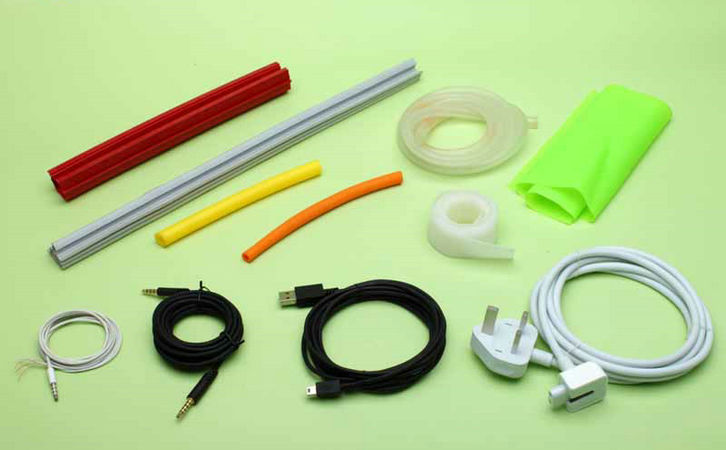
Related Questions
Q1: Can short shots be caused by the type of TPE material used?
A1: Yes, the type of TPE material can definitely influence the likelihood of short shots. Different TPE materials have varying viscosities, flow properties, and thermal characteristics, which can affect how easily they fill the mold cavity. It’s essential to choose a TPE material that’s compatible with your injection molding process and mold design to minimize the risk of short shots.
Q2: How can I determine if my mold temperature is too low or too high?
A2: One way to determine if your mold temperature is too low is to look for signs of incomplete fill or short shots. If the TPE seems to be solidifying too quickly before it can fill the cavity completely, increasing the mold temperature might help. On the other hand, if you’re experiencing issues like flash, warpage, or material degradation, your mold temperature might be too high. Using a thermal imaging camera or temperature sensors can help you monitor the mold temperature and make adjustments as needed.
Q3: What are some signs that my injection molding equipment might be causing short shots?
A3: Signs that your injection molding equipment might be causing short shots include inconsistent material flow, pressure drops, or unusual noises during operation. If you notice that the machine seems to be struggling to fill the mold cavity or if you’re experiencing frequent short shots despite adjusting other process parameters, it might be time to inspect and maintain your equipment. Look for worn or damaged parts, inadequate capacity, or incorrect machine settings that could be affecting the molding process.
Q4: Can mold design changes really make a difference in preventing short shots?
A4: Absolutely! Mold design plays a crucial role in preventing short shots. By optimizing the gate design, ensuring proper venting, and simplifying complex geometries, you can significantly improve the fillability of the mold cavity and reduce the risk of short shots. Working closely with experienced mold designers and using advanced simulation software can help you create molds that are optimized for material flow and performance.
Q5: How important is process monitoring in preventing short shots?
A5: Process monitoring is extremely important in preventing short shots. By continuously monitoring key process parameters like injection pressure, speed, temperature, and coolant flow, you can detect any deviations or anomalies early on and take corrective action before they lead to short shots or other defects. Implementing a robust process monitoring and control system can help you maintain consistent process conditions, improve product quality, and reduce downtime and waste.





